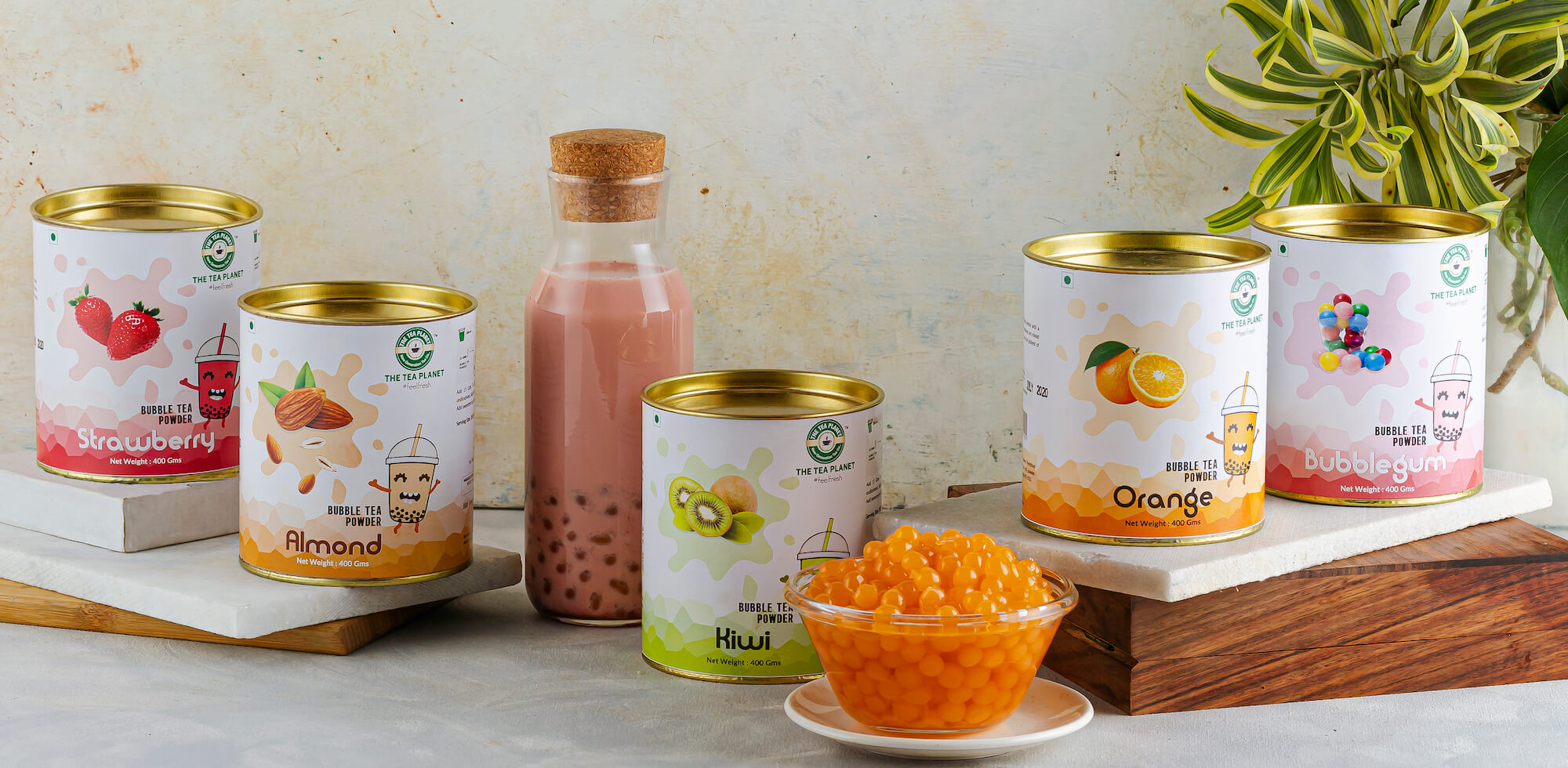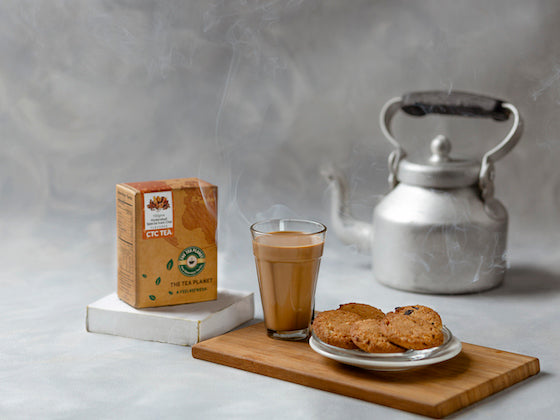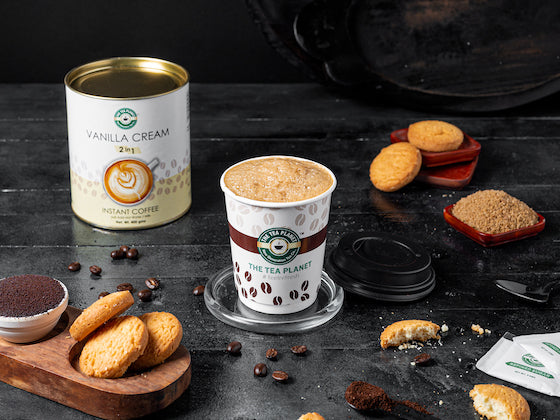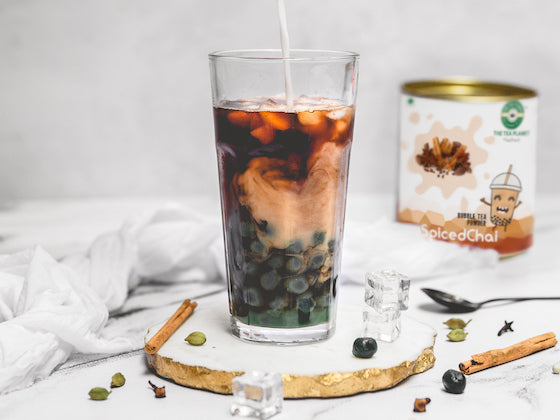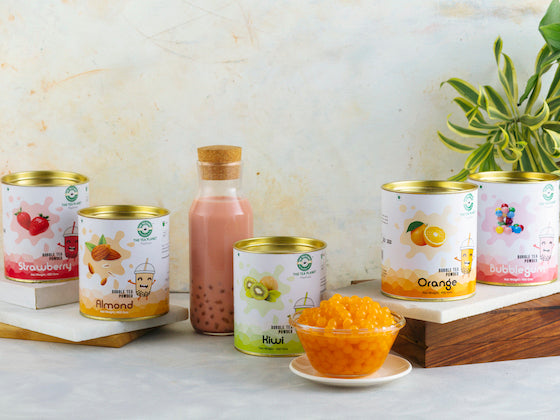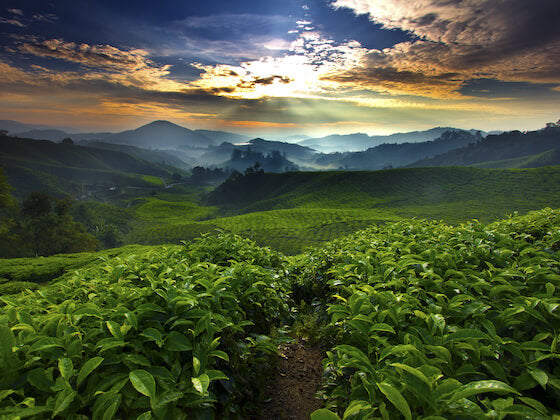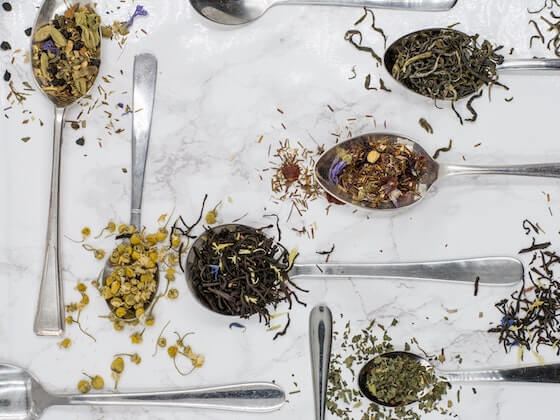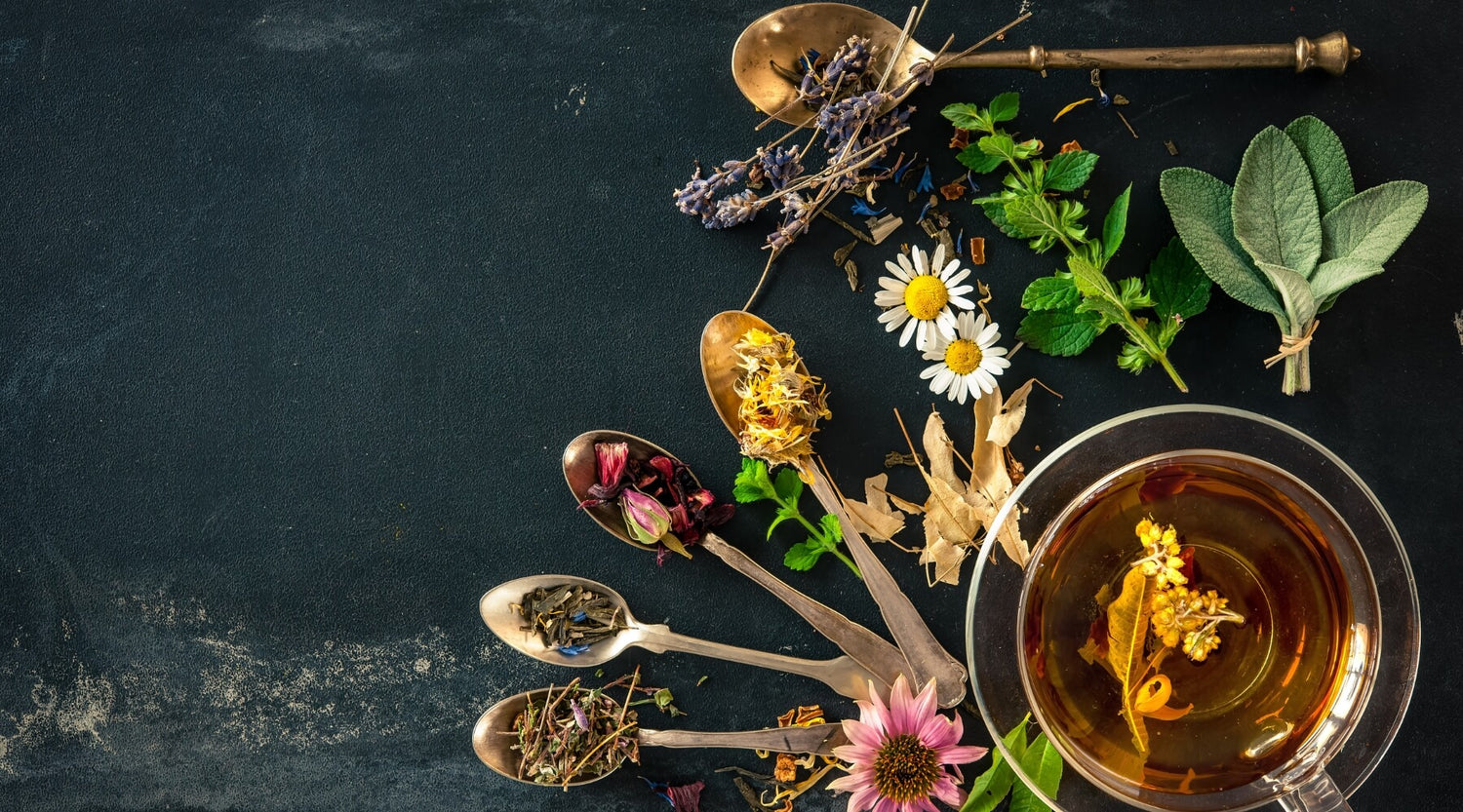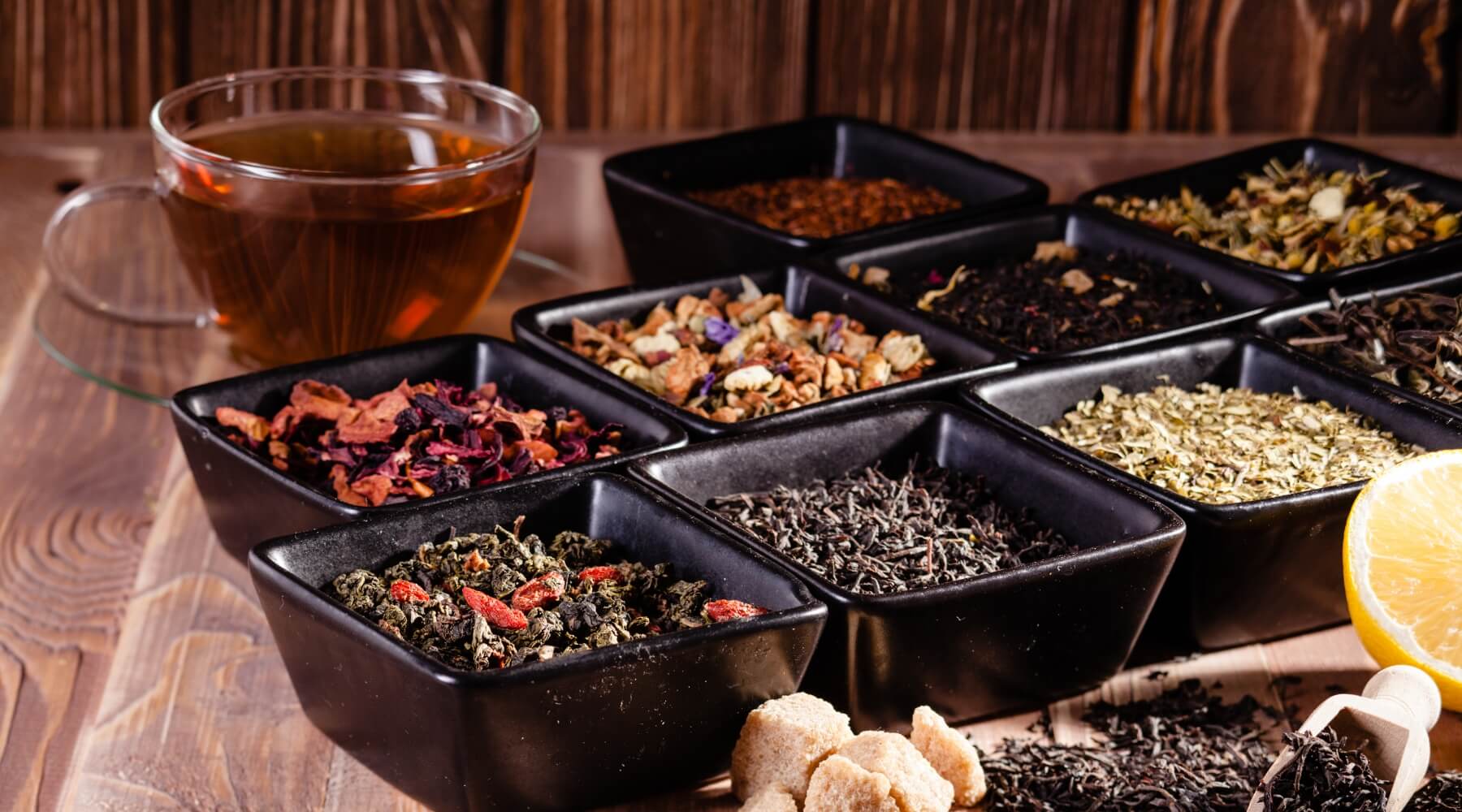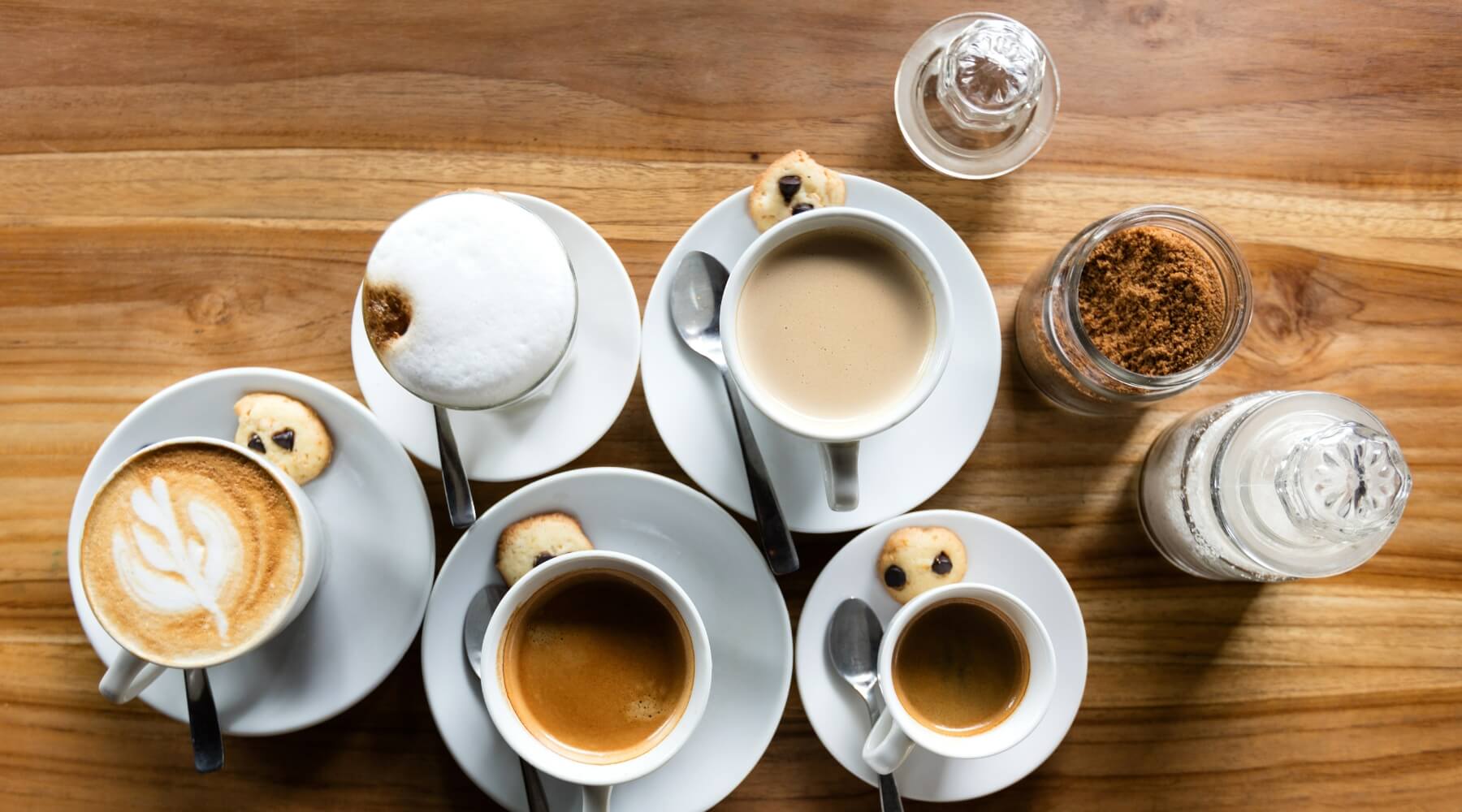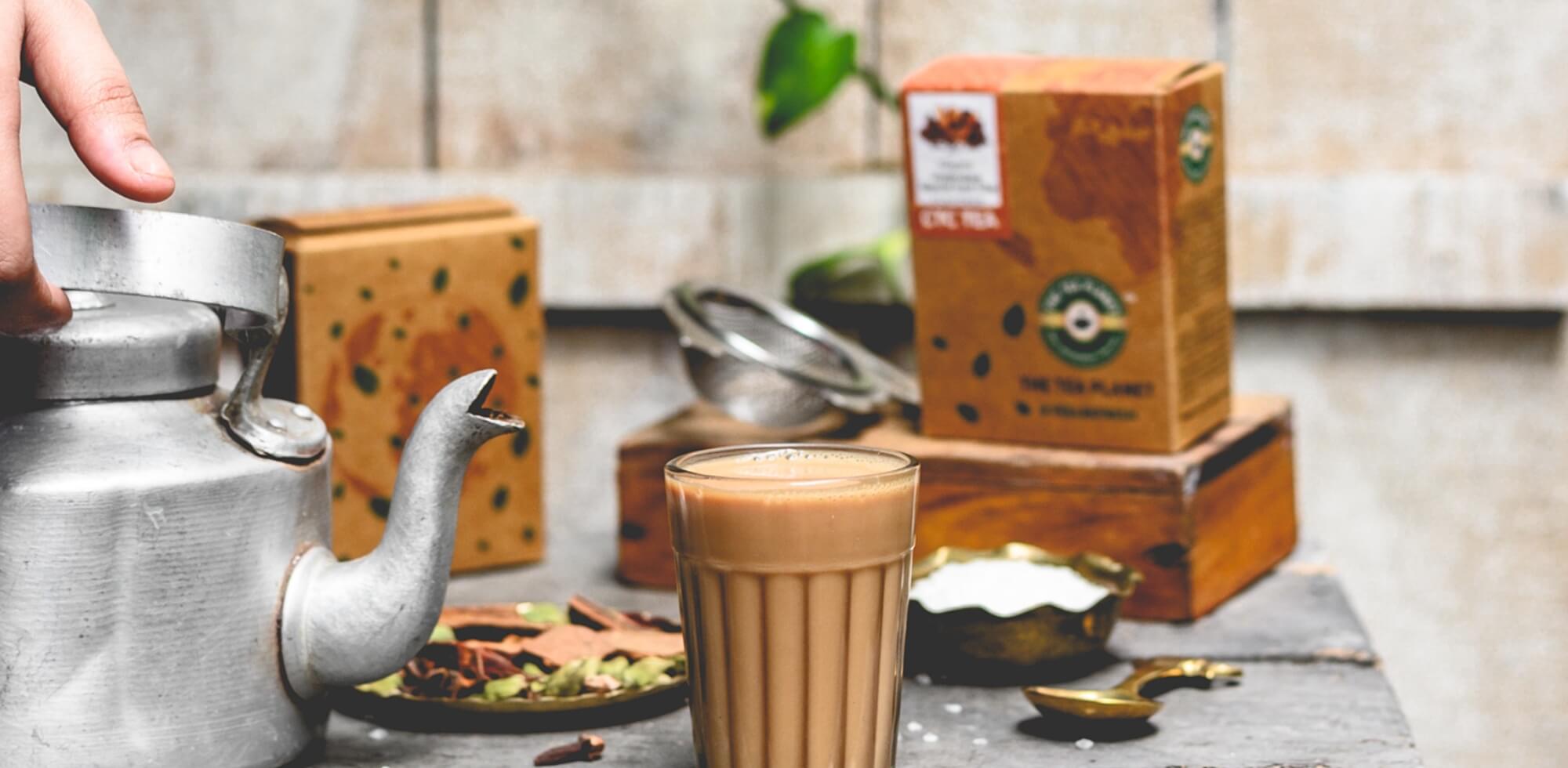Many people know the existence of regular/classic tea, ginger, and cardamom tea and have been sipping it every day without exploring its varieties more in-depth. The tea journey has mesmerized many tea lovers. After realizing the benefits tea has, people have started connecting more to this beverage than ever!
Tea is not just restricted to taste and other benefits, it also has distinguished flavors, and each has its upsides which can blow your mind!
Black tea
Many of you know black tea; it is the most common drink consumed worldwide. You can find black tea at the grocery store, and a few of the famous black tea brands are Tetley and Lipton. This tea is high in caffeine which is dark, solid, and powerful.
Where does it come from?
Black tea is manufactured in India and China. Other countries like Vietnam, Sri Lanka, Nepal, and Kenya later started exporting black tea. Generally, Indian tea blends well with milk and sweetener, which gives an added flavor.
Chinese black teas are smooth and pleasurable to drink, so adding milk or any sweetener becomes unnecessary. There is less caffeine when compared to Indian black tea. Some well-known black tea brands are China Keemun and Golden Yunnan.
How is black tea prepared?
The process of black tea is exciting to know and understand. It is first harvested, withered, and slightly crushed. In black tea like Irish Breakfast, the tea leaves are crushed into even smaller pieces by following the CTC method (crush-tear-curl). Finally, tea leaves are oxidized, which gives a brown-black color.
Green tea
This tea is made from the Camellia Sinensis plant, often green or yellow, and has a mild taste. Since this tea is also high in caffeine, it will taste bitter, so to eliminate bitterness, you can add honey.
Preparation: Green tea is harvested and heated or steamed at that instant to pause the oxidation process because only then will the tea leaves get the green color. Finally, they are rolled into a shape and dried.
Origination: Green tea is prominently manufactured and produced in Japan and China, and their tea has a light emerald green color with a delicate taste. Some of the well-liked Japanese green teas are Sencha, Kukicha, and Gyokuro.
Japanese teas are usually steamed to stop oxidation, while Chinese teas are pan-fired. Chinese teas are tenderer in taste than Japanese teas. Few well-known Chinese teas include Dragon Well, Gunpowder, and Chun Mee.
White tea
This tea is not highly processed, so it will definitely be mellow and light, and the caffeine content is also very low compared to black and green tea.
Where can you find white tea?
This tea is found in Fujian province in China and is now produced in countries like Nepal, Taiwan, and Sri Lanka.
How is it made?
White tea is not much processed like other teas before packaging. Silvertip and silver needle tea’s harvesting happens before it opens up its leaves completely, just after the occurrence of the first bud. But with other white teas like White Peony, harvesting happens when the leaves are spread open.
Oolong tea
This tea is between black and green tea because it is minimally oxidized and pale yellow. Oolong teas can be modified by adding different flavors to your cup of tea.
Where can you see Oolong tea?
Oolong tea is predominantly produced and available in Taiwan and China. In Taiwan, an island somewhere close to mainland China is recognized for masterpiece oolongs following the fame of milk oolong. In China, you can find it in Wuyi Mountains and Anxi.
Process of making oolong tea leaves
The leaves are cultivated for many years to spread unusual or rare flavors of tea. Oolong tea is not fully oxidized, but the harvesting and withering process remain the same. Finally, they are given a shape, dried, and packaged.
Pu-erh tea
This kind of tea is age-old and quite close to the qualities of black tea. You will be delighted with the deep and rich flavor of this tea, and they are high in caffeine, almost half the cup of coffee.
Making process: Initially, Pu-erh tea matches the process of green tea. First, they are harvested, steamed, or pan-fired to cease the oxidation process and later shaped and dried. Next comes the fermentation process. There are two types: Sheng Pu-erh, which follows the traditional method of producing the tea leaves and is a gradual process. Shou Pu-erh is a modern process and follows the fermentation method.
Where is Pu-erh tea from?
Pu-erh tea is born in China's Yunnan province, and even now, it is chiefly produced in that region.
Conclusion
It is a known fact that tea can make us feel very relaxed. It is very addictive to the extent without which our mornings will never head further. Many would not be aware of the varieties mentioned here. I hope this article helps you understand why these teas are helpful or if you haven’t tried why you should try and how they are made and their origin.
